
Ys X: Nordics PC Interview - Durante discusses Falcom's new engine, PC-exclusive features, HDR, co-op, & more
NIS America is launching Ys X: Nordics next week in the West across Nintendo Switch, PS4, PS5, and PC platforms following its debut in Japan last year. Make sure to read Adam's full review of the game here and my Steam Deck feature here. I actually imported Ys X: Nordics on Switch last year because I did the same for Ys IX: Monstrum Nox on PS4 a few years prior as a huge fan of the series who did not want to wait a few years for a Western release. Little did I know that we'd just be waiting about a year to see Ys X: Nordics in the West.
Ahead of its release from NIS America, I've been playing Ys X: Nordics on Steam and PS5. After sampling the PC port handled by PH3 a little while ago, I had a chance to chat with PH3's Peter Thoman AKA Durante to discuss the PC port, exclusive features like HDR, local co-op support, a popular Trails series feature returning, the state of PC ports today, and much more.
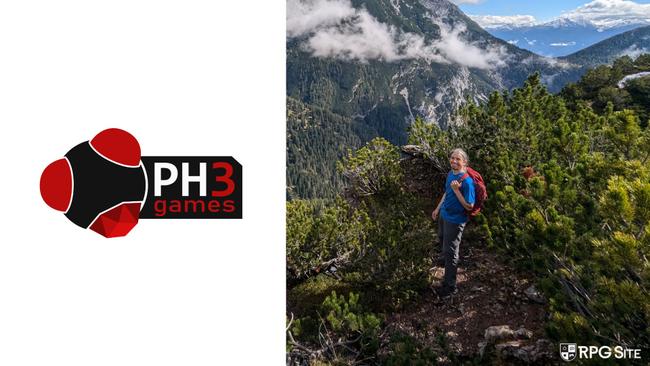
Peter 'Durante' Thoman: Sure! My name is Peter Thoman and I used to do a lot of game modding as Durante – the most well-known thing I ever worked on is probably DSFix for the PC version of Dark Souls. I was subsequently approached by some companies – primarily XSEED – to help with their game ports in a consulting role. In 2018 I co-founded PH3 with two colleagues from university, here in Austria, and we mostly work on JRPG ports right now.
At the start we were a very small operation, basically just the founders working remotely and no employees, but we have grown to a small but “real” company these days, with 6 employees in addition to the founders, half of whom work on game projects. Given the current industry climate, I’m happy to mention that we haven’t lost anyone who joined the company yet.
While we initially were laser-focused on just PC, we now have the ability to work on various console platforms as well, since there are significant synergies you can leverage when working on a single project across multiple target platforms.
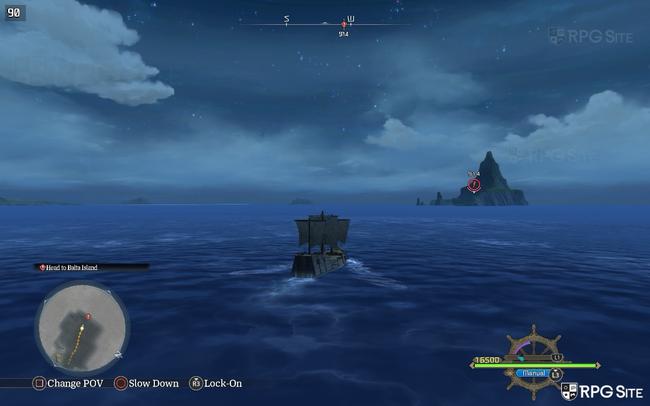
Durante: This is an interesting question, because we were actually a bit surprised during the project. While the foundational engine technology and the tools are very similar, Ys X is actually more different in terms of its overall code base than we expected initially. This is purely my speculation, but I believe that independent teams at Falcom worked on these games in parallel, and came up with some different solutions for some challenges.
For our PC port, this means that we also had to find some new solutions, and for gamers this might surface in e.g. some graphics options which were in Daybreak not being applicable to Ys X.
Durante: I would say we have a much more well-defined process these days compared to when we started out. Clarifying what that means requires talking about some technical details, so bear with me.
The first part is that the source repository – i.e. what we use to manage all our collective work on the project – now includes not only source code, but also all relevant asset data. This greatly increases the requirements on all the HW infrastructure involved, but it’s basically required for all the other changes to the process I’ll talk about now.
Perhaps the biggest change to the workflow overall for this project is that NIS America does their localization programming and integration in-house. They do this by directly working on our hosted repository, which means that all platforms are much more closely aligned in terms of localization, and can be updated more rapidly – both during QA and afterwards. This is a great improvement going forward, and should lead to faster (as you can already see with Ys X) and higher-quality localizations out of the gate.
Furthermore, to manage the concurrent porting and localization development without too much risk of one breaking the other, we now have automatic continuous integration (CI) for all platforms. This means that all platform configurations (PC, PS4, PS5 and Switch) are built automatically and frequently, and e.g. if I break the console build while working on the PC version I’ll be notified. The fact that this was not the case previously might horrify software developers reading this, especially if they don’t work in games, or only at larger companies, but I believe that specifically in niche porting it’s not necessarily a given – there’s some extra complexity in CI-ing console builds compared to PC.
Finally, and this is arguably the coolest thing from a PH3 perspective, we have automatic delivery for Ys X on PC for the first time. In short, what this means is that I can simply tag a release in the git version control system, and then our CI/CD server will (i) build it, (ii) add metainformation to the executable and cryptographically sign it, (iii) package it, and (iv) upload the package to Steam, GoG, and EGS. We still have to manually test the builds and then set them public of course – and that is a good thing – but this is really cool.
A last thing I want to mention in this context to maybe give you a better feel for us as a company, is that our CEO, Philipp, is also the person primarily in charge of the CI process setup, implementation and maintenance.
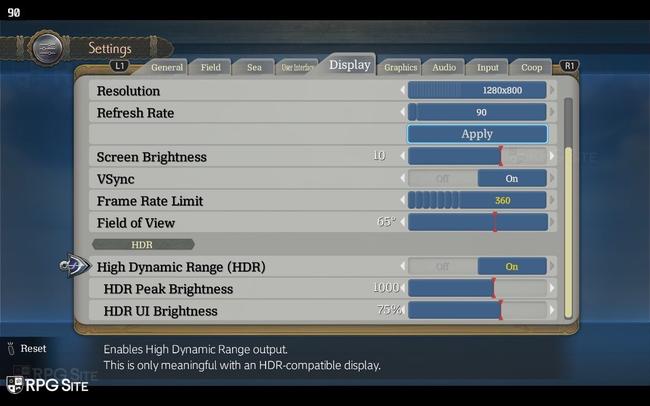
Durante: The current HDR implementation in both games is basically just what is necessary for me to consider it usable and an improvement over things like auto-HDR. This means specifically that it enables you to set the brightness of UI elements independently from the rest of the game, and uses the greater-than-SDR color volume of the original rendering.
There’s a lot more that could be done, but it needs a more fundamental re-engineering, and that will likely not happen for a PC-only “bonus” feature.
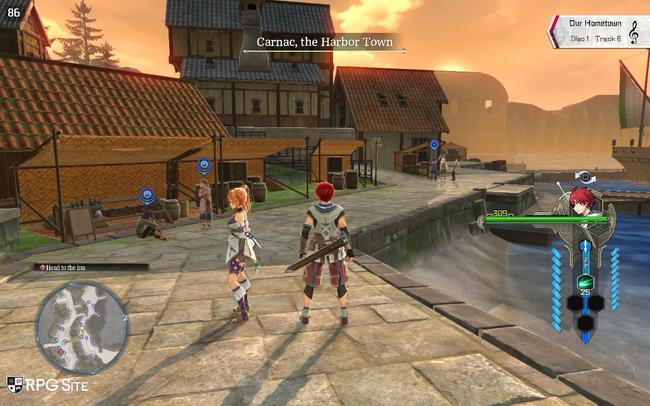
Durante: This is not something either company pushed for, the main reason it exists in Ys X is that one of our developers (Alex) really likes the feature and worked on it together with Peter from PH3 (not me, we have another one), and NIS America made sure that we have all the necessary data in all languages. Without these people, it likely wouldn’t have happened.
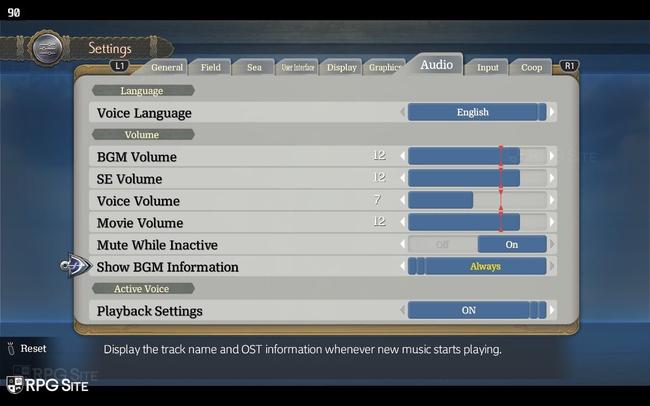
Durante: I already partially touched on this in my answer to the engine question. You are completely right, and I think that is part of the reason why the Ys X team at Falcom came up with some quite different technical solutions compared to the Daybreak team, despite using the same engine.
Specifically regarding Ys X and our PC port, this primarily meant that it was an even higher priority for me to work on draw distance settings. The defaults are quite low, and this is one of my personal pet peeves with PC ports.

Durante: Before anything else, I have to stress that co-op is basically entirely Durante’s wild ride: it has a budget of 0 €, and no involvement or endorsement by NIS America or Falcom beyond allowing me to actually share it with everyone – which is absolutely not to be taken for granted and something I (and everyone playing in coop) should be grateful for. If you find any co-op specific bugs, then first of all blame me, but please also keep these circumstances in mind.
Now, the answer to how I worked on bringing this feature to the game on day one is that I have been working on it basically every single weekend starting in April this year, together with a friend, while we are completing our playthrough of the game in co-op. Many of those weekend sessions were spent more in development rather than playing, if some new bug or unhandled feature of the game cropped up, but this allows us to have reasonable testing coverage for such a potentially breaking and wide-reaching feature.
I’m going to write a separate news post introducing co-op in Ys X, but I’m quite happy with the level we’ve managed to achieve for release. Compared to the highly experimental command line option in Ys VIII, co-op now has dedicated UI, several co-op specific customization options in the menu, and you can rebind all the controls separately for each player. There are even various co-op settings for boat and fishing segments of the game, and although they might be considered gimmicky we had fun with them.
Overall, the amount of work I put into this might be hard to justify in a corporate meeting by its sales potential – but at a time when several long-running JRPG series known for local cooperative play are sadly losing that in their latest entries (i.e. “Tales of” and “Secret of Mana”) I want to offer something for the dedicated fans of this type of experience.
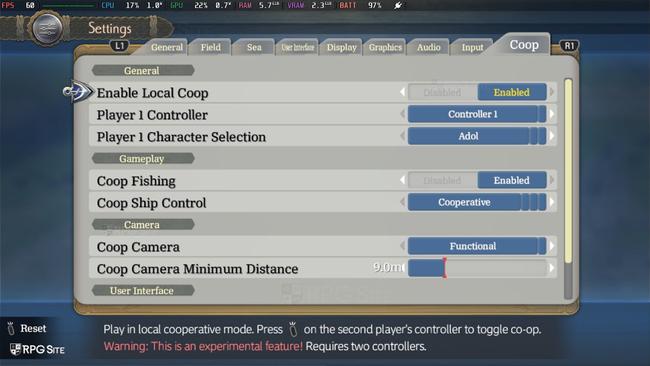
First of all, thanks for the compliment on the feature set, we do try). Secondly, I think this question is already answered by my longer answer to the earlier question about our process: due to the overhaul of the localization process and tight integration of that work with our repository and CI/CD, latencies are reduced and a lot of things become possible that wouldn’t have been viable before.
Durante: As always, there are some things that, at least for us, are non-negotiable: support for arbitrary resolution and framerate, solid support for various aspect ratios (which also means not just using the 16:9 area for all the HuD and calling it a day), and FoV control. Another very important aspect that needs early integration and continuous refinement are mouse and keyboard controls, because this touches a potentially very large amount of code throughout different parts of the game.
I think the control aspect is particularly important for an action game like Ys X. As much as possible with our limited resources and ability to make fundamental changes, we want playing the game on mouse and keyboard to feel like something people would actually enjoy, rather than a bottom-of-the-barrel implementation only tacked on to tick a checkbox. For example, this means that on the keyboard you have dedicated keys to directly use skills, while on the controller you have to hold an extra button. It also means that our default bindings are tuned and refined throughout our internal beta period. And we even did some very subtle but surprisingly involved UI rework, to ensure that skill slots are listed in menus in an order that actually makes sense for M/KB users.
In terms of things we added in this release that we haven’t done before, there’s nothing as exciting as our new packaging and caching format introduced in Daybreak, or its settings preview, or SGSSAA, but there are several under-the-hood changes which you can expect to carry over to future projects. For example, we now use SDL for gamepad input, and expose the ability to e.g. directly bind back buttons for controllers which are recognized by SDL. This also enabled us to support automatic button prompts for controllers, but of course we still also allow manual settings in case the system gets it wrong. Even more niche, but interesting, are improvements to how we handle input from high-polling-rate mice, and you can read about that in a recent technical blog post I wrote.
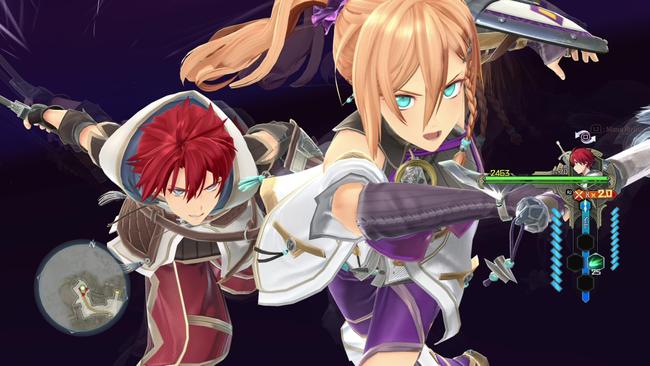
My answer here is still somewhat unexciting: all things being equal, having them is of course better than not having them. But when working with a custom engine that does not offer motion vector data in its default render path, all things aren’t equal, as implementing that could take as much time as making several of the other improvements that are part of our work.
Specifically for a game like Ys X that isn’t too heavy on the GPU, especially at default settings, I think doing all those other things is more important than spending an inordinate amount of time on this one feature.
This is hard to answer at this point since the project is basically still in-flight for me. It’s a bit like rating a game right after you completed it rather than a year or two later. Ask me again next time.

Durante: To be perfectly frank, between all the other things that still needed doing I haven’t actually managed to tune the graphics presets yet, so what you had in the press build might not represent what we will have when the release version ships – the settings will be the same, but how the presets select them might be different. That said, I think the default preset should run well on the Deck, and higher performance presets or quality tradeoffs below that should only be necessary if you want to save more power or run on even slower hardware.
Durante: The simple answer is of course co-op, but we already talked about this a lot. It’s by far the most labor-intensive unique feature of the PC version.
For everything else, there isn’t really one single thing I want to point to. I would invite people to take a look at all the things we now include more or less as “standard” in our releases, and consider the additional workload that produces compared to the average JRPG port (or even port in general) – it’s sadly not really feasible to continuously add on to that.
Actually, scratch that, there is one thing: we added Steam Timeline integration to Daybreak after its release, as one of the first games outside Valve to do so, and we are shipping Ys X with that enabled from launch! It will highlight events like shopping, fishing, boss battles, and so on, and also distinguish travelling by ship from normal gameplay with different timeline patterns. So yeah, that’s another thing on our plate, but I think it’s really cool.
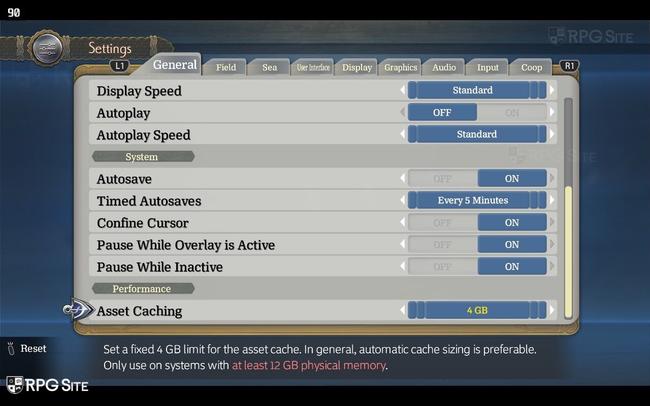
Durante: I’m not sure we discussed this before, but it’s something that we first implemented for Trails through Daybreak, and which works in the same way here. I previously wrote about this for Daybreak on Steam, and more technically on our company blog. I should note that the impact is somewhat smaller for Ys X, since it has lighter assets overall, but it works exactly the same, and still reduces load times if you have sufficient memory available.
Durante: Of course! As always, I played in co-op with friends, and once again we managed to complete it right before a boss was nerfed. Notably, I even played it on the Steam Deck a few times because I had to go on a business trip very shortly after release.
I really enjoyed the expansion – one thing I found interesting is that on the internet some people called it a big improvement over the base game (and of course, as always, some others complained). Personally I felt like it was precisely more of the same, but in this case, that was also what I was looking for.
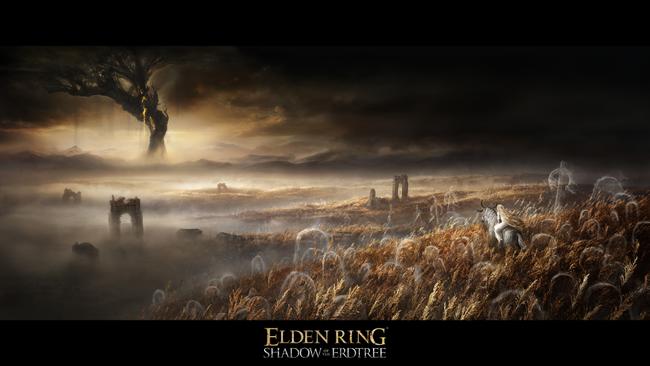
Durante: I have to admit that I haven’t really had a chance to look at anything Atelier in quite some time. JRPGs are such long games, and there are so many of them to play, so my progress in the series is currently still only up to Ryza (1).
Durante: I have actually been playing some shorter games recently. I’ll use this chance to plug two of them: SIGNALIS, which is one of the best pieces of interactive fiction I’ve ever played, and The Forgotten City, which manages to be an intriguing time-travel RPG-lite without filler.
In terms of JRPGs, which might be more relevant to the audience here, I just recently completed Soul Hackers 2. That was alright – I really enjoyed the characters since several of the core cast are a nice change of pace from usual JRPG fare, and the story was intriguing enough, but the gameplay was very repetitive and you can tell that it was made on a shoestring budget by the dungeon variety (or lack thereof) and asset reuse.
Port quality, especially for JRPGs, is still quite a sore point. I see so many companies who have resources far in excess of ours deliver minimum-viable-product ports, and it makes me sad when great games cannot be enjoyed at their best because someone decided to save 0.1% of the overall project budget by cheapening out on the PC version. It seems like, especially in this sub-genre, just getting a port that works is still sufficiently rare that asking for things like good KB/M controls, increased draw distance, solid anti-aliasing or even just a FoV slider is seen as beyond the pale.

I haven’t been paying close attention at all, but I added Fantasian to my Steam wishlist, so that is the closest I can get.
I drink several different teas, depending on my mood and the time of day. If it’s early, either in the morning or at lunch, I’m more likely to drink green tea, maybe with some lemon. In the afternoon I prefer Assam or Earl Gray, sometimes with milk when I’m feeling extra fancy. With sugar in either case, because why wouldn’t you.
The RGB kettle is in the office and in heavy use there, while at home I’m still working with outdated kettle technology.